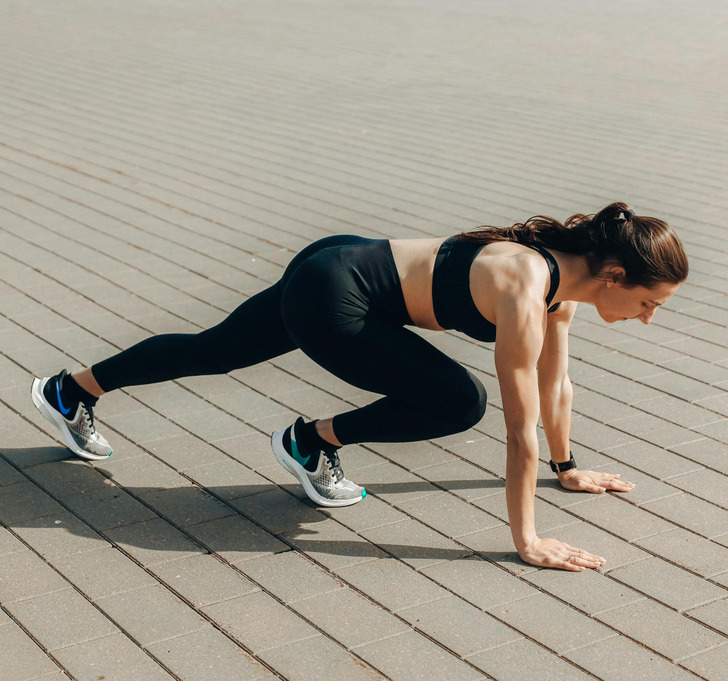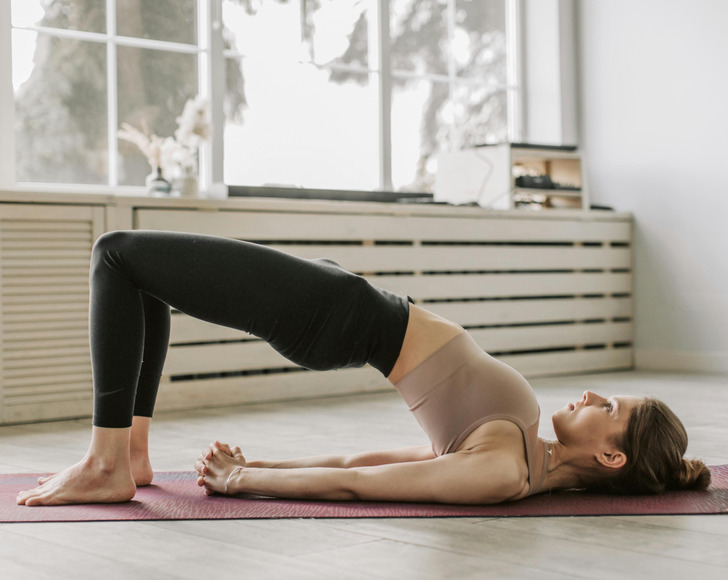magnificent ⛹️⛹️🏃🏃
6 Easy Moves to Release Hip Tightness
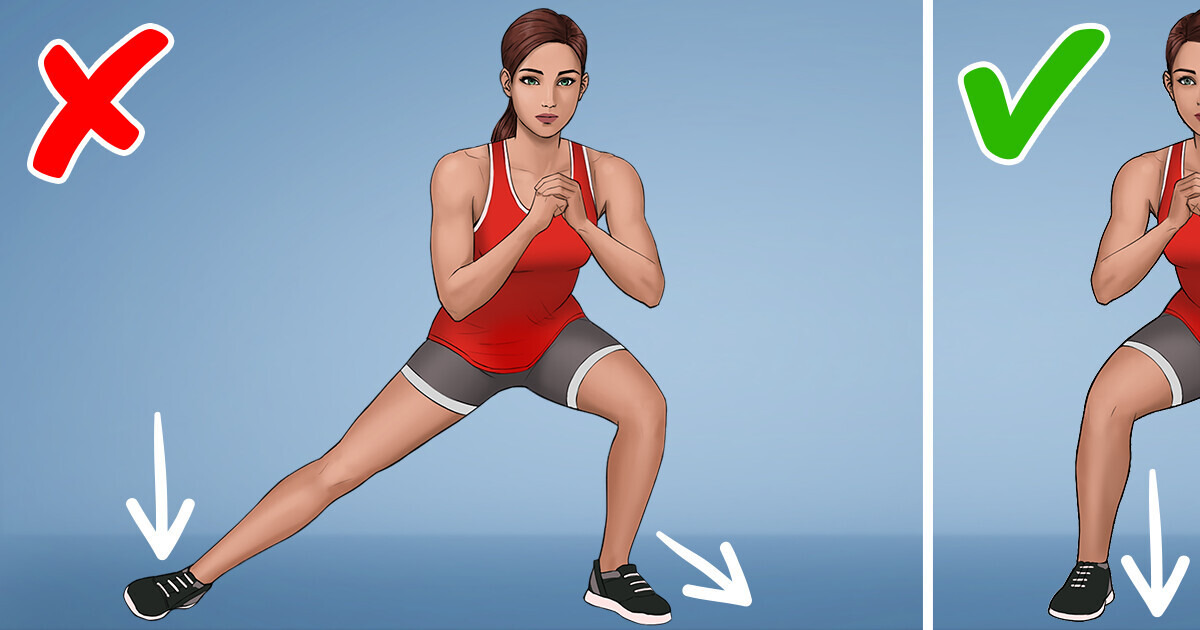
Picture this: you’ve been sitting at your desk all day, watching a new series or giving it your all at the gym. Then, out of nowhere, your hips start to feel tighter and tighter. Sound familiar? You’re not the only one.
The hip flexors at the top of your thighs are the unsung heroes of everyday movement. They allow you to bend at the waist, walk, run, and even sit. But when they become stiff or overloaded — due to hours of sitting, intense exercise, or life in general — that’s when the problems start. Suddenly, everything from standing up to tying your shoes feels like a workout.
The good news? You don’t have to live with that stiff, achy feeling. Simple stretches can do wonders for tight hip flexors, improving flexibility, relieving tension and even increasing overall mobility. Ready to feel looser, lighter, and more yourself? Let’s take a look at some simple stretches that will make your hips happier than ever.
1. Kneeling hip flexor stretch
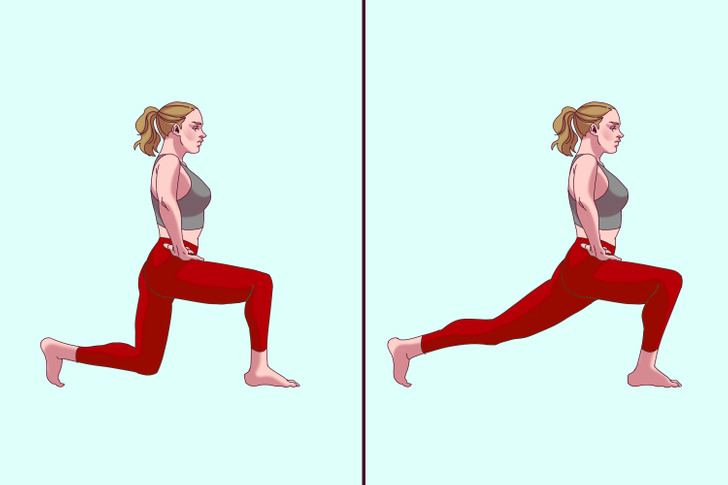
- Stretching the hip flexors in a kneeling position is a key exercise for both warming up and relaxing the hip flexor muscles. Tight or shortened hip flexors can contribute to low back pain, so it is critical to stretch them regularly to maintain healthy posture.
How to do it:
1. Kneel down.
2. Rest your left knee on the floor and bring your right leg in front of you, forming a 90-degree angle.
3. Place your hands on your right knee, take a breath, and keep your back straight.
4. Pressing your left knee into the floor, lean forward. Slowly bring your weight toward your right hip, while squeezing your left gluteal muscles.
5. Hold the position for 30 seconds.
6. Repeat on the other side.
2. Pigeon stretch
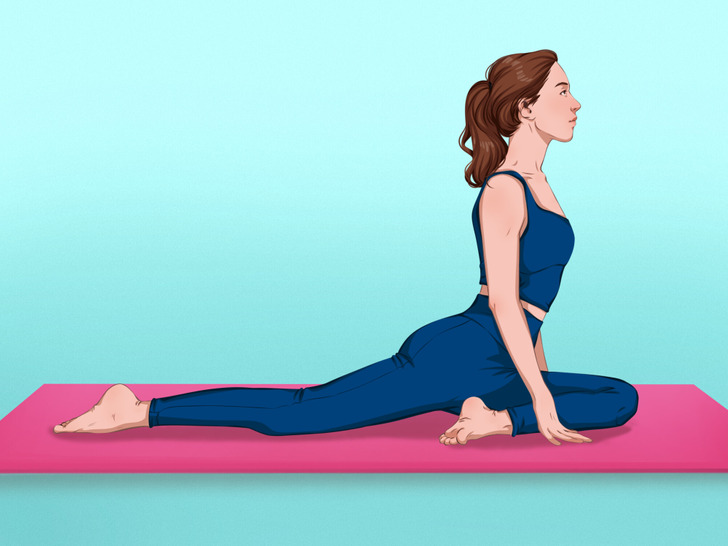
- The pigeon pose is famous for being an intense hip opening that brings relief to the lower body, making it a much-needed stretch for many people. It stretches the hip flexors, psoas, piriformis, glutes, and hamstrings, which helps release a lot of tension in the hip area.
How to do it:
1. Rest your hands and knees on the floor or mat.
2. Bring your right knee forward and place it behind your right wrist.
3. Place the right ankle in front of the left hip.
4. Stretch your left leg back. The left knee should be straight and the toes pointed. Keep the hips at right angles.
5. Gently lower to the floor and remain in this position for up to 10 seconds.
6. Repeat on the other side.
3. Butterfly stretch
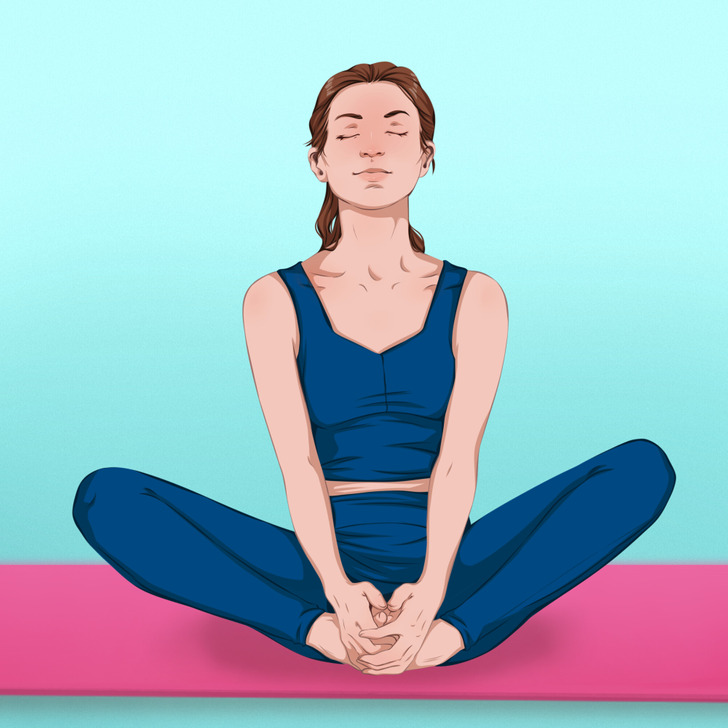
- The butterfly stretch protects your hips from injury from repetitive activities such as walking, running, or cycling. This movement works key areas such as the hips, groin, inner thighs, and knees. By releasing tension in these areas and strengthening the back, it also helps improve your posture.
How to do it:
1. Sit on the floor.
2. Stretch your legs forward.
3. Bring the soles of your feet together and slowly bring your heels as close to your body as you can.
4. Keeping your back straight, lean forward.
5. Press your thighs with your elbows to stretch them further.
6. Hold the stretch for 30 seconds.
7. Repeat.
4. Lateral lunges
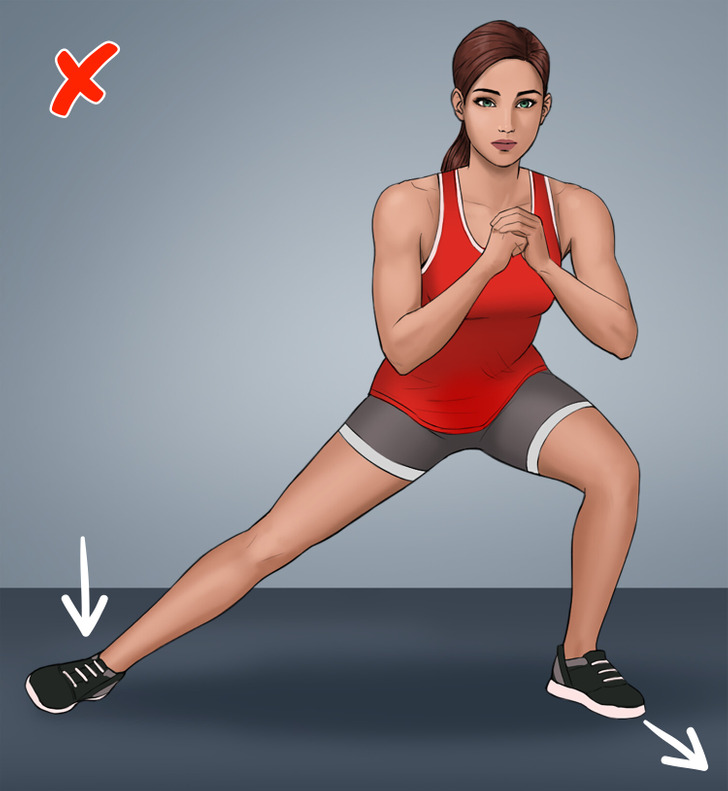
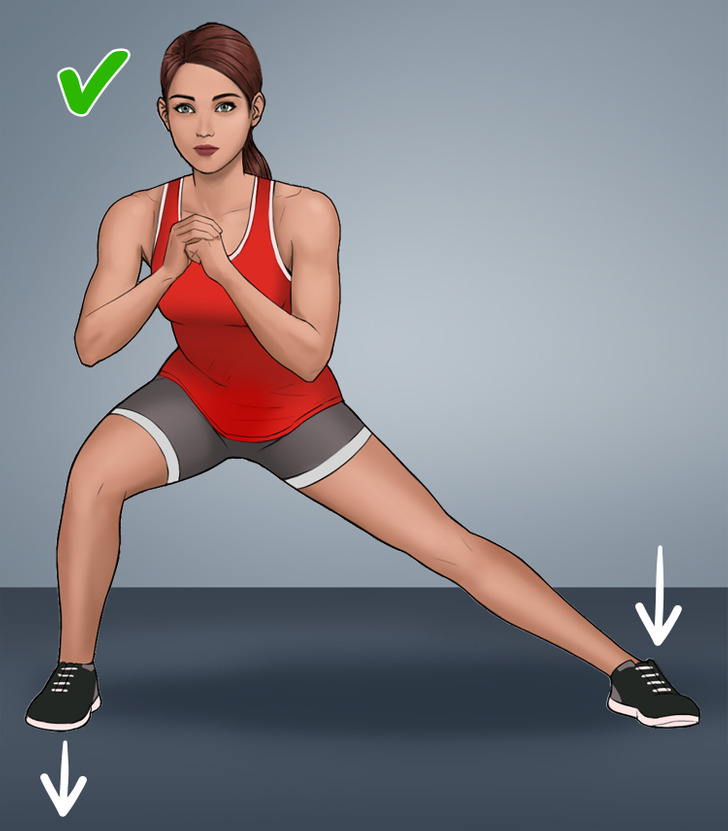
- Lateral lunges are an effective exercise for improving balance, stability, and strength in the lower body. This movement focuses on working the muscles of the inner and outer thighs, helping to tone these areas significantly. In addition, by activating and strengthening the leg muscles, this exercise can help reduce the appearance of cellulite over time, especially when combined with a regular exercise routine and a balanced diet. It is also excellent for improving mobility in the hips and knees, making it an ideal choice for those looking to increase their range of motion and prevent injury.
How to do it:
1. Stand with your back straight.
2. Place your feet shoulder-width apart and keep your arms relaxed at the sides of your body.
3. Bring the right foot out to the side, beyond hip-width apart.
4. Bend the right knee as you lower the hips backward, keeping the left leg straight with the toes pointing forward.
5. Press the right foot into the floor and return to the starting position, bringing the left foot together with the right.
6. Perform three sets of 10 lateral lunges per leg.
5. Mountain climbers
- Mountain climbers are a highly effective body weight exercise that engages multiple muscle groups simultaneously, making it a popular choice for building strength, endurance, and coordination. This dynamic movement combines elements of a plank with quick, alternating leg motions, offering a full-body workout. The upper body muscles, including the shoulders, triceps, chest, and serratus anterior, play a crucial role in stabilizing your body as you maintain a plank position against gravity. Meanwhile, the core muscles, particularly the abdominals, are constantly engaged to provide balance and support throughout the exercise.
How to do it:
- Position yourself on the floor on your hands and knees.
- Place your hands shoulder-width apart and align your shoulders directly over your wrists. To properly stabilize the shoulders and upper body, spread the fingers apart and press the space between the index finger and thumb into the floor.
- Bring the right leg back to the high plank position. It is essential to keep the body in a straight line to avoid injury.
- Bring the left leg back until it meets the right leg in the plank position.
- Bend the right knee toward the chest by pulling the abdominals in, then return to the plank position.
- Do the same with the left leg.
- Repeat.
6. Glute bridge
- This exercise is an excellent way to strengthen the posterior chain, which includes key muscles such as the glutes, hamstrings, and lower back. Working in this area not only improves the overall functionality of the body but also contributes to proper posture and overall strength development. The best thing about this movement is that it doesn’t require a lot of time or equipment, so it’s easy to integrate it into your daily routine.
How to do it:
1. Lie on your back.
2. Bend your knees and rest your feet on the floor, hip-width apart.
3. Contract your abdominals and press down on the floor with your heels to raise your hips. Knees, hips, and shoulders should be aligned.
4. Squeeze your glutes until you finish the lifting motion.
5. Slowly lower your hips to the floor.
6. Do three sets of 10 repetitions.
Tight hips may be annoying, but they don’t have to be a permanent part of your life. With these stretches, you’ll be moving freely in no time. Remember, consistency is key—so even if you can only spare five minutes a day, your hips will thank you.
And if you’re looking to take your flexibility to the next level, check out our article on quick daily yoga routines for beginners. It’s like giving your body the VIP treatment it deserves!
Comments
Related Reads
I Refused to Babysit My DIL’s Sick Son—I’m Not His Real Grandma

14 Unresolved Nanny Stories That Keep Us Guessing

12 Stories So Wild They Might Break the Internet

I Absolutely Refuse to Leave Inheritance to a Family That Treats Me Like an ATM

My Boss Refused to Give Me a Day Off—He Wasn’t Ready for My Payback

I Share My Husband With His Ex-Family—I’m Done

11 People Who Proved Being Kind Costs Zero, but Means the World

10 True Stories With an Ending So Twisted They Deserve an Oscar

14 Mother-in-Law Moments That Became a Legendary Family Story

My Boss Cut My Salary Behind My Back—Until HR Discovered the Truth

I Refused to Cover for a ‘New Mom’ Coworker—HR Got Involved

15+ Stories That Prove First Love Stays With Us Forever

